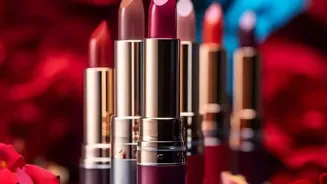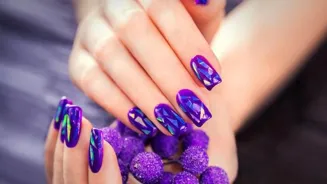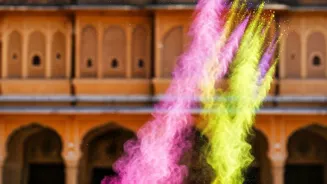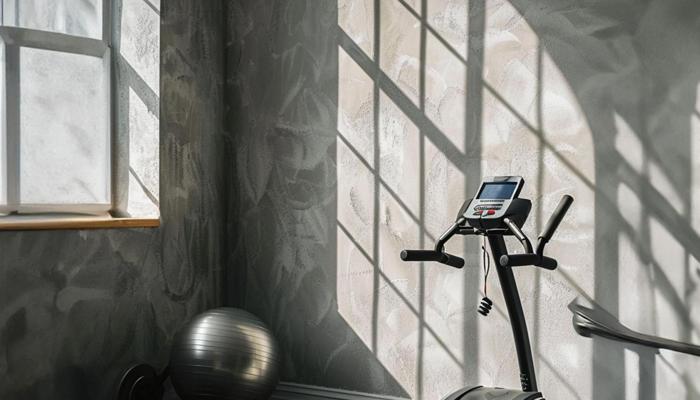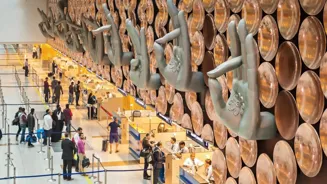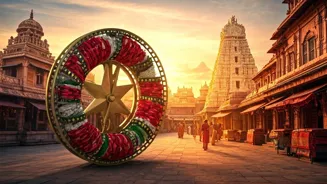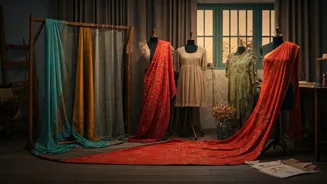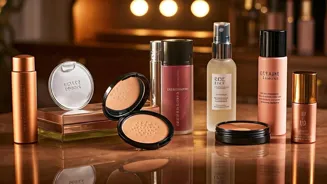Exploring Lipstick's Fascinating Evolution: From Ancient Egypt to Bollywood Glam. Dive into the rich history of this iconic cosmetic!
Lipstick, that colourful stick in our makeup bags, has a history longer
and more fascinating than many realise. It's not just about beauty; it's about status, rebellion, and self-expression.
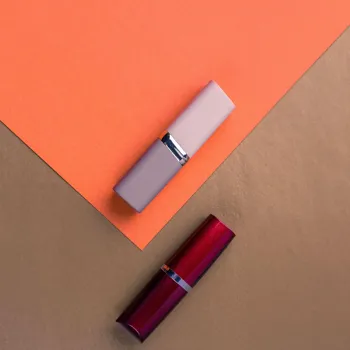
From the pharaohs of ancient Egypt to the silver screens of Bollywood, lipstick has painted its way through the annals of time, adapting, evolving, and leaving its mark on cultures across the globe.
Let's take a trip through the ages and discover the captivating story of how this iconic cosmetic came to be.
Ancient civilizations used natural lip color denoting status
The earliest traces of lipstick-like substances can be found in ancient Mesopotamia, dating back to around 3500 BC. Women would grind gemstones to decorate their lips.
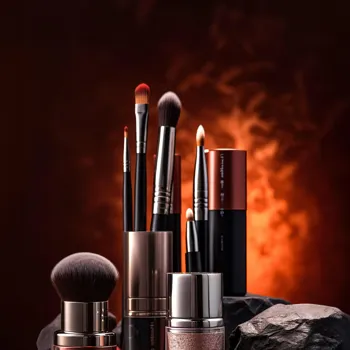
Ancient Egyptians were also fond of lip colour; they would use everything from carmine (derived from insects) and ochre to give their lips a vibrant hue. Cleopatra, the iconic queen, was renowned for her signature red lip, which she achieved using crushed beetles and fish scales.
This wasn't just about looking pretty; lip colour in ancient Egypt denoted high social status. Men and women, the elite in society, all adorned themselves with lip and cheek colour highlighting the importance of cosmetics even in ancient civilization.
What's interesting is that these early versions of lipstick were all natural but sometimes poisonous.
Lip colour evolution from Indus Valley to Islam
The use of lip colour travelled to the Indus Valley Civilization, where women used pieces of ochre to colour their lips. By the time of early Greeks made of lip colour of use to them.
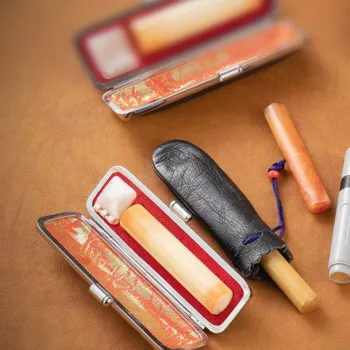
As Greeks made an effort to be more natural, they used what was around them to make colour for their lips by using mulberries and red beet root juice. In ancient Rome, lip colour indicated status once again, higher social classes wore brighter shades of red.
During the Golden Age of Islam, the renowned scientist Abu al-Qasim al-Zahrawi, also known as Albucasis, was known to have created solid perfumes and fragrant sticks. These sticks became a base for early lipsticks. Lipstick was widely used and traded in the east.
These early forms of lip colouring were symbols of social standing and aesthetic value, which were often derived from natural resources.
Lipstick's turbulent history in Europe, from taboo to symbol of status
However, the story of lipstick faced a few twists and turns, particularly in Europe. During the Middle Ages, the Church discouraged the use of makeup, associating it with witchcraft and promiscuity. Lipstick nearly disappeared from favor, except among sex workers, for whom it was compulsory.
However, during the 16th century, Queen Elizabeth I embraced lipstick again and restored the popularity of lipstick among the upper class society. She was famous for her pale white face and bright red lips, she made bright red a popular status symbol.
Lipsticks at the time used beeswax and plant dyes to give the desired colour. It was still an expensive item, only the wealthy could afford to enhance their beauty with lipstick. Lipsticks were traditionally kept in small, decorative boxes or pots at that time.
The 19th-century evolution of lipstick from pomade to popular makeup item
The 19th century brought with it significant changes to the world of cosmetics. Guerlain, a French perfume house, is credited with creating the first commercial lipstick in 1884 but was in a pomade like form. It was made from deer tallow, beeswax and castor oil.

The use of colour came from crushed berries. In the late 19th century, makeup was accepted more broadly. Mail order catalogs made personal care items available to both working class and middle class woman.
In the 1890s, lipstick was used as a discreet way of saying one's independence as women gain confidence to join the workforce and taking roles outside of their homes.
The creation of twisting metal tubes to hold lip colour by the mid 1910s contributed to the product's popularity as it was convenient to use.
The 20th century: lipstick's evolution, Hollywood influence, wartime symbolism, post-war trends
The 20th century was truly the age of lipstick. The invention of the swivel tube in 1915 made lipstick more portable and convenient than ever before. Women wore bright lipsticks to express their individuality. The rising power of Hollywood films significantly impacted popular appeal.
Actresses like Greta Garbo, Marlene Dietrich, and Joan Crawford helped shape modern beauty and the colour red was popular colour of choice. Max Factor claimed that he created lipstick. The cosmetic market exploded and new colours and brands became available.
In the World War II era, lipstick became a sign of patriotism and symbol of resistance,. Even when resources were short, women wore lipstick in a patriotic expression and as a sign of strength. The trend continued after the war, with new colours to fit different styles.
Lipstick's evolution reflects beauty, society, and history globally
Today, lipstick is a multi-billion dollar industry with a rainbow of colours, from the classic red to the latest unusual shades. We have matte, gloss, and long-lasting formulas or vegan. Lipstick is an all-inclusive accessory.
In India, lipstick's popularity can be attributed to Bollywood's influence. Actresses like Madhubala, Sharmila Tagore, and now Deepika Padukone have showcased different shades and styles of lipstick.
Indian brands have embraced local tastes, offering colours to go on darker skin tones and long lasting wear for Indian climates. Lipstick today is more than just makeup; it's a form of self-assertion and self-worth and an expression of individuality.
From Cleopatra's crushed beetles to today's sustainable ingredients, lipstick's journey reflects a captivating intersection of beauty, society, and history.
